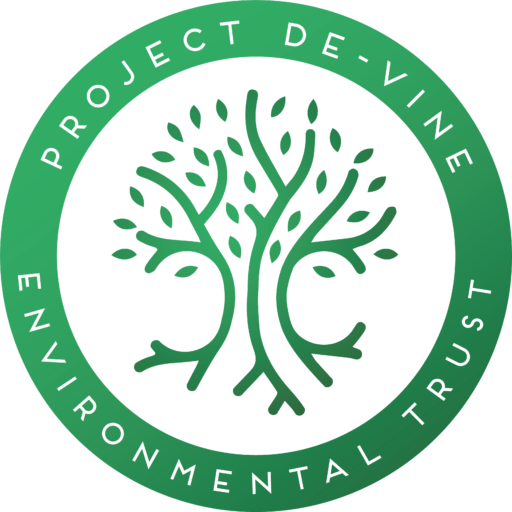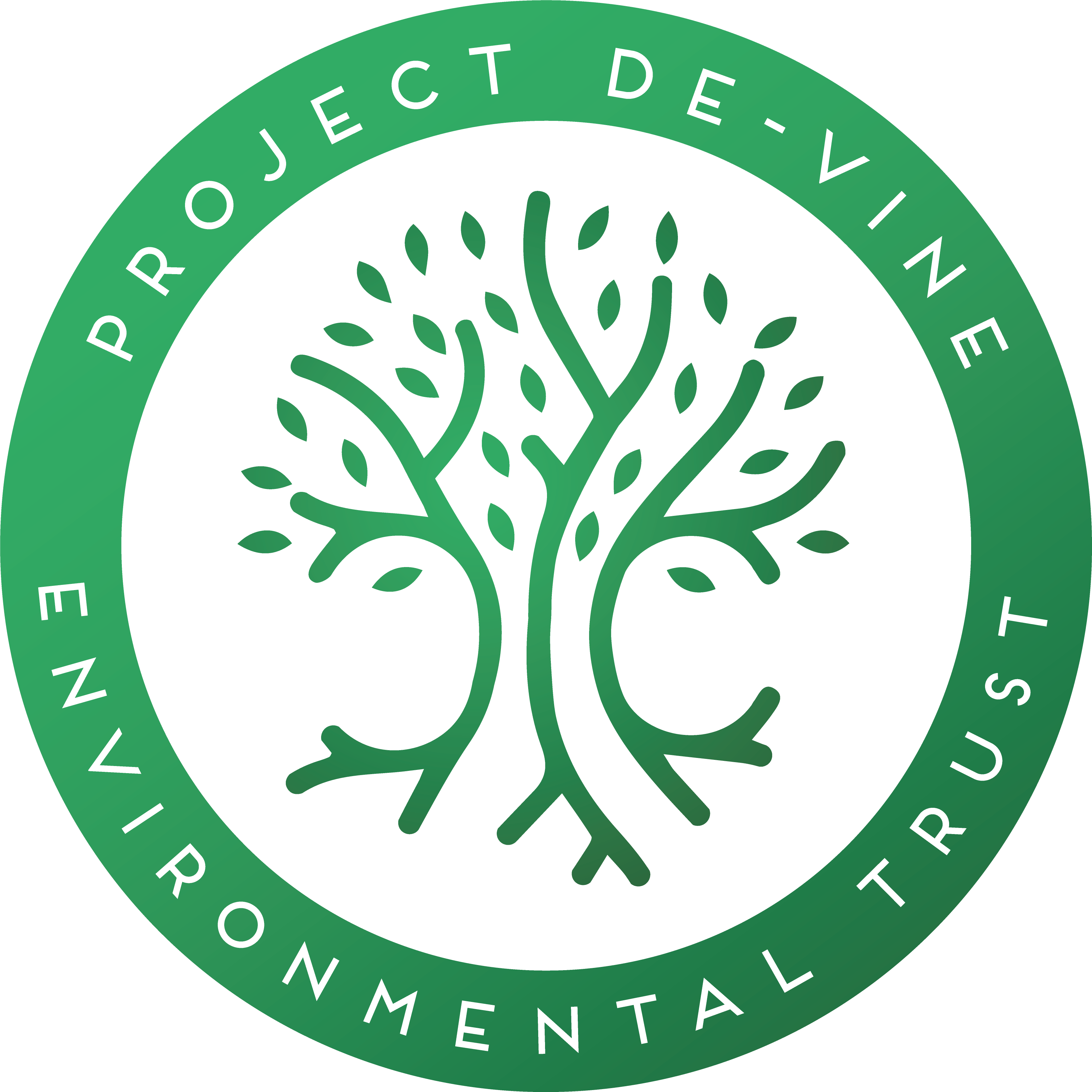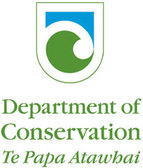
MU-C1 Takaka River to The Lookout (near Onekaka)
MU-C1 Project Background
Project De-Vine Environmental Trust (PDVET) has made significant progress with controlling Banana Passion Vine and Old Man’s Beard in the Golden Bay area. Management Units D1 to D5 addressed the worst areas of vine infestation from Rameka Creek to Pohara and on to Wainui. The largest was Pohara involving 180 properties. The next stage, MU-D6, is in its third year of control work of the pest vines and other invasive plants on farms and other properties throughout the lower Takaka valley in Golden Bay, joining areas between Abel Tasman and Kahurangi National Parks in Golden Bay. The follow on to this stage, MU-E & MU-G1, working up the Takaka valley to cover the middle area and Anatoki catchment, is already underway with three years of control work scheduled until 2023.
PDVET is also committed to carrying out control work to the west of the Takaka valley and has secured funding to carry out assessments in
a/ the adjoining management unit C1 in 2018.
b/ The unit to the west of that, MU-C2, will be assessed in winter and spring of 2020 and
c/ MU-A & B will be assessed later in 2021: this includes the Aorere valley, up to Farewell Spit and key sites on the west coast of Golden Bay with known pest plants.
In this particular project, MU-C1, the aim is to stop the spread of key just established pest plants across this project area and reduce the infestation level of established pest plants. Previous work on 8 highly infested properties that formed a wedge between the sea and Kahurangi National Park was carried out with a Lotteries Board grant from 2015 to 2018. The assessments of most of the larger MU-C1 properties were funded by the Golden Bay Community Trust in 2018. A successful 2019 grant from WWF NZ has focused on properties with strategically important pest plants infestations over one year. Further funding has been secured with the DOC Community Fund and started in November 2020 and over 3 subsequent years up to June 2023.
MU-C1 Project Plan
MU-D6 focuses on the following:
Properties to the west of the lower Takaka valley in Golden Bay, starting at the Takaka River up to the “The Lookout” (just short of Onekaka), occupying the space between the coast and Kahurangi National Park (KNP) in Golden Bay. These properties contribute to creating a “halo effect”, or weed-free zone, that will benefit KNP. The coastal bush remnants, which contain Rata, Beech, NZ Cedar, Celery pine and other mature native trees, in the area and the planted riparian strips act as seed sources and corridors for birds between the mountain and the sea. In Patons Rock, there is a QEII covenant with these trees. At Washbourne Reserve, just to the west of this area, for example, Robins are now seen after twenty years of conservation work there. A similar DOC covenant on 3 properties in the MU-C1 area, is up Ward-Holmes Road, around which pest vine control has already been happening with the Lotteries grant. The Iwi in Golden Bay / Mohua refers to the Parapara mountain above this strip, in KNP, as their mountain. Likewise, their river is the Pariwhakaoho, which flows from the mountain through the properties in the middle of MU-C1 to the sea.
61 property assessments have been completed with 14 found to be clear of high priority (very invasive) pest plants. This assessed area represents over 81% of the project area (excluding those suburban sections with less than 1200m2). The remaining smaller properties, >1200m2, are being assisted with free gel and advice if the properties are found to have pest plants present. These assessments provide the best estimate of control work required on each property. The assessments will also aid future planning for control work on other pest plants including Old man’s beard, Banana passion vine and four other key targeted plants (Climbing asparagus, Woolly nightshade, Purple pampas grass and Yellow or Italian jasmine)
Based on the results of the assessments (see MU-C1 Assessment Summary final 20190321) Project De-Vine Trust submitted successfully for funds for the following specific control requirements:
| Pest Plant | Plan | Allowed Hours |
| Banana Passion Vine (BV) and Old Man’s Beard (OMB) |
Systematic control work was carried out at key 8 properties killing 22,700+ vines in the middle of this project area using a multi area Lotteries grant from 2015 to 2018. The aim of that work was to create a wedge of control (corridor) in the most infested area, from the Kahurangi National Park to the sea. This project will build on this Lotteries funded work to conduct follow up control, widen this corridor plus control on the Rangihaeata Peninsula at the same time as control for the Woolly nightshade and Italian or Yellow jasmine is carried out there.
|
236 hrs p.a. |
| Climbing asparagus (CAS) | Found in this area centred around the beach settlement of Patons Rock. The probable site of initial infestation was identified by TDC staff about 6 years ago and some control has been happening irregularly since. Unfortunately, some of the missed outlying sites have had an increase in CAS numbers and they are spreading further. Systematic control is needed to prevent CAS from reaching maturity and reseeding further. | 50 Hours p.a |
| Wooly Nightshade (WN) | Has spread across the Takaka valley from its primary site. THis is being addressed currently with a lotteries 3-year multi-weed grant. In this project area there is one primary site, on the Rangihaeta headland, with there likely to be some plants on nearby small properties that were not assessed and can be visited during the control stage of the project. | 50 hours p.a |
| Italian Jasmine (IJA) | A problem for Golden Bay which has spread widely in the Takaka valley and in to ATNP, where Project Janszoon has been controlling it. The aim of this part of the project is to be vigilant on all properties as it has only been seen on two properties to date. The berries are spread by birds. If it spreads into KNP, it will pose a real problem because it can grow in tough landscapes and shaded areas. | 30 hours p.a |
| Pampas Grass (PG) | Found at 9 properties. Pampas will be controlled as PDVET carries out other work. | No Set Hours |
Once the control funding is approved:
PDVET will provide property owners designated for control work with a summary of the assessment of their property for the density and distribution of the six key pest plants and some less common control plants in the Regional Pest Management Plan (RPMP) like Madeira vine with one known site so far found in this area. This is contained within the agreement that landowners sign before Project De-Vine commences work. Signed agreements will be sent to WWF if we intend to visit properties where we have been unable to date to contact the owners. Many are holiday homes. See our signed agreements to date, some current and some from the previous Lotteries funding.
Property owners with small property sizes and low levels of weed infestation, will be encouraged to continue with control work until seed sources are exhausted in the soil. Glyphosate gel bottles supplied by Nelson Building Society are available with refills as needed.
This project addresses the issue of attrition. That is, follows up on repeat weed control work whenever funding can be secured. The aim is to provide annual funding for 3 years. PDVET has found that even after three years of control work on properties with large numbers of vines, there remains a seedbank that requires two to three-year cyclical control to maintain re-infestation at a level. This prevents vines from reaching maturity, when they flower and produce copious amounts of seeds. Many properties have very steep slopes with coastal cliffs or steep sided gullies. Just to carry out an assessment takes a significant amount of time, energy, and expertise. This project is critical for the Trust to prevent this damaging regenerating cycle from taking place. Therefore, curbing the spread of weed vines across the project area.
By carrying out extensive pest plant control work, landowners carrying out riparian plantings with native trees will benefit from improved growth and fewer losses. This has been a problem in other parts of New Zealand, with pest vines in particular smothering newly planted areas. Weed control provides both conservation and financial benefits to property owners.
PDVET’s pest plant control work along the boundary of ATNP and KNP will help protect the Parks for generations to come and continue to support the on-going work within these parks by Project Janszoon and the Department of Conservation.
MU-C1 Project Timeline
| Pre-Year 1 – 2015 to December 2019 | A grant from Lotteries Board was approved for 3 years of control work on a mix of properties in three areas of Golden Bay: Wainui, East Takaka and in MU-C1, 6 increasing to 8 key properties in Puramahoi. This last area was chosen due to its proximity to Kahurangi National Park and to show the landowners in that area that it was possible to control the heavy infestations of OMB and BPV. Several farmers were keen to support the work and contributed towards the cost of the work. 1946 hours of work were carried out and the properties were left with mainly seedlings and few mature plants. 23,461 Banana passion vines and 13,162 Old man’s beard vines – making a total of 36,623 highly invasive vines killed manually and some more sprayed. The aim was to then expand the wedge on both sides to eventually join up with the work in the Takaka valley to the east and eventually to the Aorere valley to the west, once another block MU-C2, in-between, has also received assessment and control work funding (funding was secured to cover the cost of the assessments in Sept 2019). |
| Year 1 – Dec 2018 to Dec 2019 |
February 2020 All targeted property assessments completed and collated. Applied to the DOC Community Fund September 2019– DOC Community Fund 3-year application rejected – heavily oversubscribed. October 2019 Applied to WWF NZ funding for one year of control work. The size of the initial year of control work was scaled down to fit the maximum grant available from WWF of $15k. August 2020– DOC Community Fund 3-year application approved for $90k |
| Year 2 – Dec 2019 to Dec 2020 |
Approx. December 2019 – Inform landowners that the WWF grant has been accepted and the rationale of control that we will be used. See the project plan. Contact any new owners who have bought property in the project area recently to discuss the project and enlist them in it. Feb 2020 to October 2020 – Commence control work with the WWF grant at the key areas in the project Management Unit C1. Capture vine densities and distribution using tablet-based hardware and software including geographic information system (GIS) and spreadsheets. Use this information to inform decisions for the following year. Oct 2020 – Commence first year of control work with the DOCCF grant at a wider range of the key properties in the project Management Unit C1 |
| Year 3 – Sept 2021 to July 2022 | Commence follow up control work (Year 2 with the DOCCF grant) on the properties started in 2020. Capture vine densities and distribution using tablet-based hardware and software including geographic information system (GIS) and spreadsheets. Use this information to inform operational decisions for the following year, determine funding requires for weed control teams and materials (e.g., poison gel bottles and refills for landowners), and provide landowners with information that will encourage them to continue undertaking weed control. |
| Year 4 – Sept 2022 to July 2023 | Commence follow up control work (Year 3 with the DOCCF grant) on the properties started in 2020. Capture vine densities and distribution using tablet-based hardware and software including geographic information system (GIS) and spreadsheets. Use this information to inform operational decisions for the following year, determine funding requires for weed control teams and materials (e.g., poison gel bottles and refills for landowners), and provide landowners with information that will encourage them to continue undertaking weed control. |
| 2023 onwards |
Follow up work in MU-C1 project By 2023 the Trust aims to assist upto 30 property owners, or more depending on funding, to have effectively controlled pest vines and other key pest plants. That is, reduced the density and distribution of weeds to manageable levels. In doing so, captured data pertaining to a wide variety of weeds can be analysed and used for future control work. This will be particularly important for preventing boundary invasions from weeds around KNP, hence forming the “Halo effect” or weed free zone necessary to protect a national wildlife treasure. Two to three years after the initial knockdown phase has finished, the Trust will apply to Rata Foundation for follow up funding to ensure the owners of large properties receive sufficient support to continue to maintain a manageable level of control. Further properties still requiring assistance can be added. The Trust believes that owners of small properties will then be in a position to effectively maintain weed levels themselves. |
Methodology
- Cut and pasting – this is used for most of our pest plant control work as a glyphosate or picloram gel.
- Spray of pest plants – this is used for high infestation levels of pest plants. Either knapsack or gun and hose for high numbers of plants.
- Chemicals – used for BPV, OMB, Yellow jasmine, Woolly nightshade and Pampas – Glyphosate 2% with additive (but not if on top of native trees)
- used for Climbing asparagus – Glyphosate 1% with no additive. Seedlings can be dug up. Use a spray guard near native seedlings.
See our management of chemicals manual for more details about usage and spills.
Get In Touch
Have a project you’d like to partner on?


